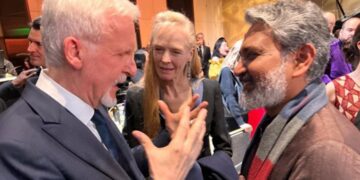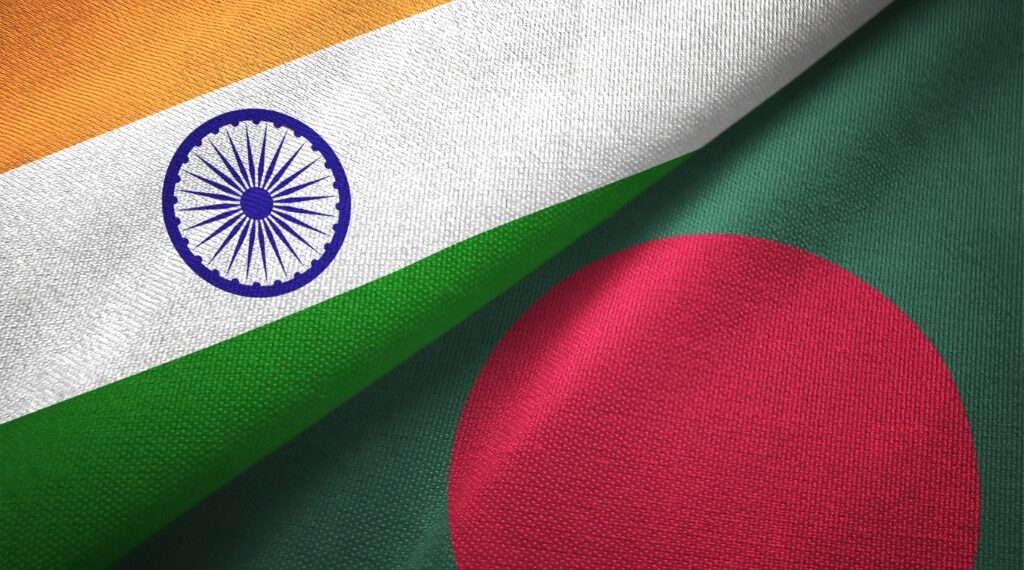The passing recently of former Indian Prime Minister Manmohan Singh brought to an end the life and career of a gentleman whose entry into politics was as unexpected as it was eventually remarkable.
For the people of Bangladesh, Dr Singh is remembered as a decent individual, one who went out of his way to add substance to the already strong links between Dhaka and Delhi.
But, of course, there is a sense of regret as well, given that he was hamstrung in his efforts to reach a deal with his Bangladesh counterpart, Prime Minister Sheikh Hasina, on a sharing of the waters of the River Teesta in 2011.
Expectations were high in Dhaka once it became known that Singh would be travelling to Bangladesh in September 2011 with the clear objective of arriving at a Teesta deal between India and Bangladesh.
Indeed, political figures as well as civil servants in Dhaka were enthused by the prospects of such a deal held out by the visit.
Adding to Bangladesh’s confidence in Manmohan Singh’s ability to work out a deal on the Teesta was the fact that Mamata Banerjee, the newly elected Chief Minister of West Bengal, would be part of the Prime Minister’s entourage.
However, cold water was soon poured on such expectations when Ms Banerjee decided, at the eleventh hour, not to travel to Dhaka with Dr. Singh.
Predictably, the Teesta issue remained — and remains today — with Bangladesh’s people hoping that at some point the union government in Delhi and the state government in Kolkata will work out the modalities of negotiations to be engaged in with the Bangladesh government on the water-sharing issue.
Manmohan Singh’s inability to bring the issue to a logical conclusion in 2011 did not, however, detract from the respect he was shown by Bangladesh’s people during his visit.
While India has been mourning the passing of the former Prime Minister, people in Bangladesh have remembered the efforts he expended in developing ties with Dhaka in the course of his decade-long stewardship of India between 2004 and 2014.
On a larger scale, successive Indian leaders, and particularly Prime Ministers, have consistently been recalled for their contributions to the growth of India-Bangladesh relations.
It all began, of course, in 1971 through Prime Minister Indira Gandhi’s decision to go all-out in support of the Bangladesh people’s struggle to free themselves of Pakistani rule in the face of the genocide launched by the Pakistan army.
Beginning with the very first meeting between Mrs Gandhi and Tajuddin Ahmad, who would soon take charge as Bangladesh’s Prime Minister, in early April 1971, a sense of camaraderie between Dhaka and Delhi defined ties between the two countries.
The Indian government not only provided moral and material support to Bangladesh’s cause but also took upon itself the onerous task of providing refuge to ten million Bengali refugees fleeing the atrocities of the Pakistan army.
Throughout 1971, India remained focused on the need for a political solution to the crisis in occupied Bangladesh.
In the post-1971 period, the Indian leader’s interaction with Bangabandhu marked a new phase in ties between the two countries.
Mrs Gandhi travelled to Dhaka in March 1972 and reached a 25-year treaty of friendship and cooperation with Bangabandhu Sheikh MujiburRahman.
Links between the leaders of India and Bangladesh remained undisturbed despite the assassination of Bangabandhu in August 1975.
President Ziaur Rahman travelled to Delhi, where he met Mrs. Gandhi. In the times of the Janata government, Zia also had occasion to meet the new Prime Minister Morarji Desai.
The Desai government, taking note of the Zia regime’s concerns, made certain that armed activities by such former Bengali guerrillas as Kader Siddiqui against the regime from sanctuaries in India were brought to an end.
Once General Hussein Muhammad Ershad seized power in Bangladesh in March 1982, worries about a slide in Dhaka-Delhi relations were allayed when Mrs Gandhi and the general met.
While it was true that ties between India and Bangladesh were not, in the post-August 1975 period, as close as they were in the early 1970s, they were nevertheless maintained at proper and mutually respectable levels.
Prime Minister Atal Behari Vajpayee and Prime Minister Khaleda Zia demonstrated a remarkable degree of mutual respect in their dealings with each other in the early 2000s.
In the late 1990s, Prime Minister Sheikh Hasina and Prime Minister H.D. Deve Gowda signed a historic deal on a sharing of the waters of the Ganges between Bangladesh and India.
The treaty is still cited as an instance of the enduring alliance between the two countries.
In subsequent times, with the arrival of the Narendra Modi-led BJP government in Delhi in 2014, there were apprehensions about the future of Dhaka-Delhi diplomacy given that the Awami League government and the Congress government had historically and traditionally been close to each other.
Happily, though, those apprehensions were belied, with the Hasina and Modi governments deepening the links between the two governments through such measures as clamping down on cross-border terrorism and smuggling.
A remarkable step was taken by the Modi government when it went for a ratification of the India-Bangladesh Land Boundary Agreement reached in 1974.
While Bangladesh ratified the LBA soon after it was initialled, it was not until the BJP’s return to power in 2014 that India swiftly acted in having the deal ratified by Indian lawmakers.
Successive Indian leaders have visited Bangladesh, with Mrs Indira Gandhi being the first to do so in 1972.
Rajiv Gandhi visited Dhaka twice in 1985, the first time to visit a cyclone-battered Urir Char and the second to take part in the first summit of heads of government and state of SAARC member-nations. Narendra Modi has visited Bangladesh, while Sheikh Hasina has been to India on a number of occasions.
Besides, Pranab Mukherji travelled to Dhaka and so did Jyoti Basu and Mamata Banerjee.
For India and Bangladesh, it has been a long narrative of leading political figures of the two countries keeping themselves in touch either through mutual visits to one another’s country or through means of modern technological communication.
Cooperation between Dhaka and Delhi has successfully neutralised insurgents as well as other non-state actors out to destabilize the region.
It is a process which will continue, despite the squalls that might be there from time to time.
But Bangladesh remains optimistic about the future. With both Delhi and Dhaka historically demonstrating fealty to democracy, there is reason to hope that greater degrees of cooperation will define the future of the region.















